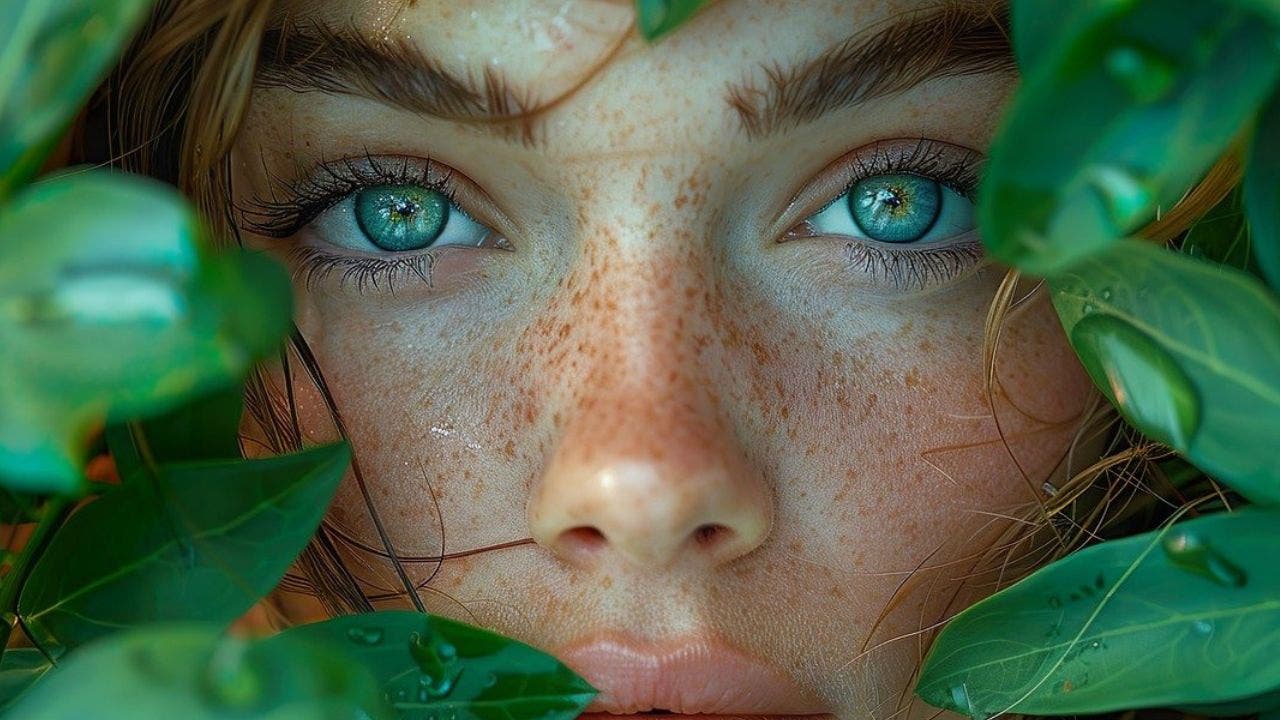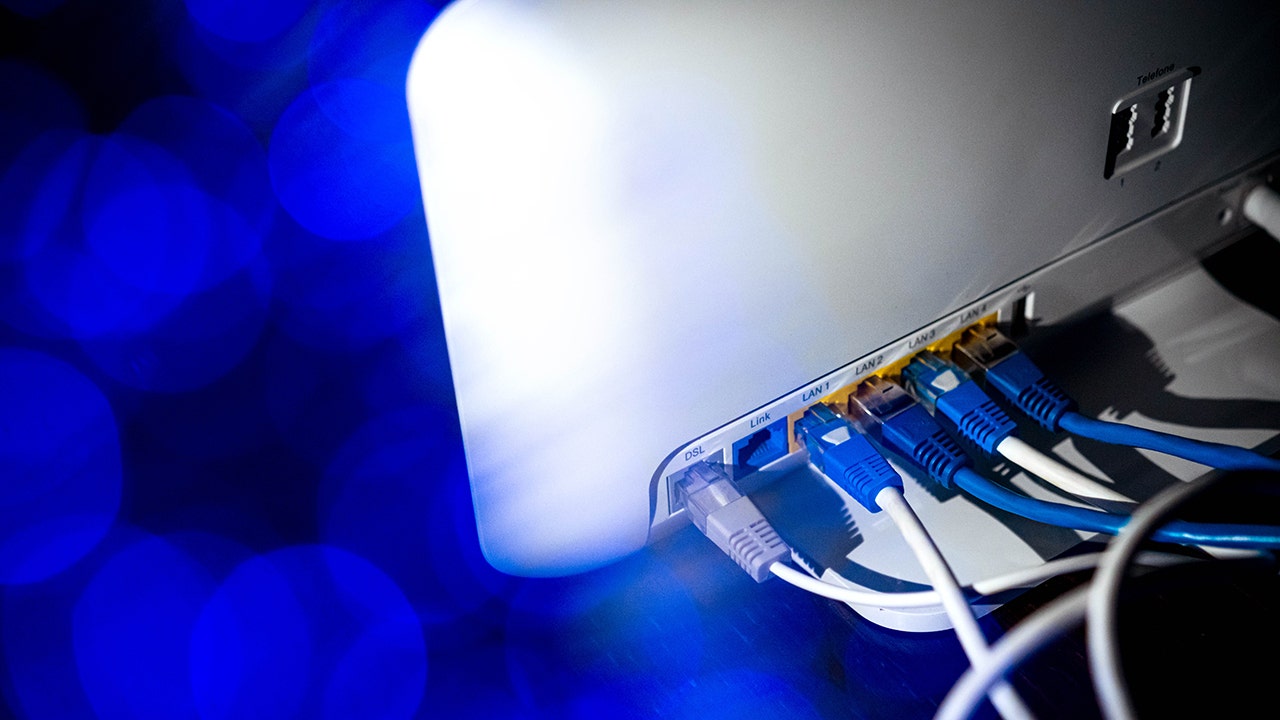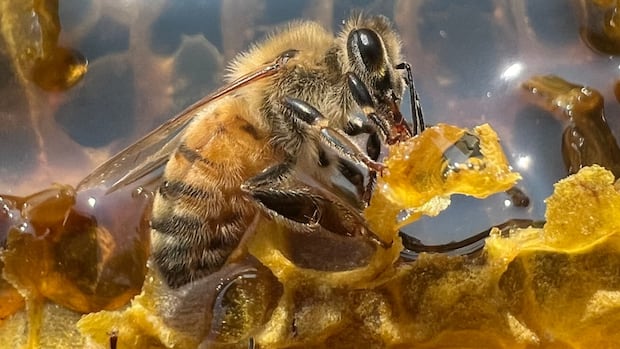10 telltale signs of AI-created images

In today’s digital age, artificial intelligence (AI) has become increasingly advanced, making it more difficult to distinguish between AI-generated images and those created by humans. While AI technology can be incredibly useful in certain situations, it also raises concerns around trust and security. As such, it is essential to be able to identify AI images to prevent the spread of misinformation and protect brand credibility.
Here are some key indicators to look out for when trying to determine if an image was created by AI:
1. Detail problems: AI often struggles with fine details such as faces, textures, and hands. Look for inconsistencies like extra fingers, strange skin tones, or too many teeth in images of people.
2. Glossy or fake-looking textures: AI may produce images with textures that appear too smooth or shiny, particularly in skin or nature scenes. If everything looks unnaturally perfect, it’s likely AI-generated.
3. Lighting and shadow issues: AI images may have shadows in odd places or flat and inconsistent lighting.
4. Background irregularities: AI has difficulty with depth and perspective, so check the background for blurry objects or a distorted skyline.
5. Messed-up words: Text in AI images may appear jumbled, misspelled, or nonsensical due to the challenges AI faces in creating legible text.
6. Hidden biases: AI learns from existing data, which can result in images that reflect societal biases. For example, AI-generated images of prestigious jobs may predominantly feature White males.
7. Unrealistic elements: AI images may include elements that defy logic, such as animals in unusual colors or impossible gadgets.
8. Watermarks: Some AI tools automatically add watermarks to images, usually in the lower corner or embedded in the background.
9. Missing metadata: AI-generated images often lack metadata, such as photo resolution or copyright details.
10. Reverse image search: For more deceptive images, try conducting a reverse image search to trace their origins. If an image is widespread on social media but not on reputable sites, exercise caution.
By being aware of these indicators, individuals can better identify AI-generated images and make informed decisions about the information they consume and share. It’s crucial to stay vigilant in the digital landscape to combat misinformation and protect online security.
For more tech tips and security alerts, subscribe to Kurt’s free CyberGuy Report Newsletter at Cyberguy.com/Newsletter. Stay informed and empowered in the digital world.




